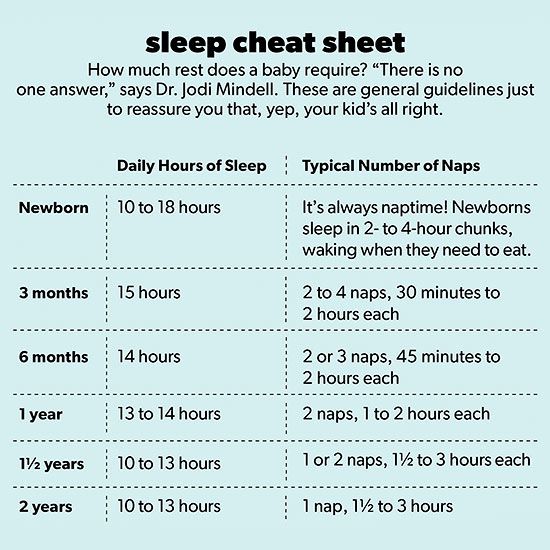Cheerful Z’s: Sleep Training Your 6 Month Old Baby
Hey there, amazing parent! Are you ready to embark on a dreamy adventure of sleep training your 6-month-old sweetheart? Well, buckle up because you’re about to transform those restless nights into peaceful slumber parties. We know sleep deprivation can make you feel more like a zombie than a superhero, but fear not! Our guide is packed with gentle strategies, supportive advice, and a sprinkle of magic dust (also known as patience) to help your little nugget learn to snooze contentedly all night long.
Why Sleep Training Matters at 6 Months
At 6 months old, your baby is at a prime stage to learn about the rhythms of day and night. This adorable age is where they become more aware of their surroundings and begin consolidating nighttime sleep. Plus, it’s the perfect time for you to introduce a healthy sleep routine. Now, before you worry about tears and tough nights, let’s clarify that sleep training doesn’t have to be a battle. It’s all about gentle adaptation and ensuring your precious one feels safe and loved while learning this new skill.
Understanding Your Baby’s Sleep Needs
Every baby is a unique little star in the parenting sky, which means they all have their individual sleep needs. On average, a 6-month-old requires about 14 hours of sleep in a 24-hour period, with 11 to 12 hours at night and a couple of daytime naps. So, making sure they’re well-rested during the day will actually help them snooze better at night. Let’s make those naps count!
Creating a Bedtime Routine: The Sleepy Highway
One of the golden keys to sleep training is a consistent bedtime routine. Think of it as a cozy highway leading your baby gently towards dreamland. Starting about 30 minutes before your baby’s usual bedtime, craft a calming sequence of activities. This can include a warm bath, cuddly pajama time, a soothing lullaby, and some tender cuddles. The key here is consistency. When this lovely routine becomes a predictable part of their day, they’ll know that sleep is just around the corner.
Setting the Sleep Scene: Optimizing the Environment
Your baby’s sleep environment is super important. Aim for a room that whispers “sleep is blissful here.” The ideal sleep space is cool, dark, and quiet. Consider using blackout curtains to invite the stars indoors and white noise machines to hush the world outside. A comfortable crib with a firm mattress and fitted sheet is all you need – remember, less is more when it comes to baby’s sleep haven. And if everything feels snuggly and secure, your little one is more likely to drift off into dreamland smoothly.
Stay tuned for more sleepy secrets and expert insights in our upcoming sections, where we’ll delve into the dos and don’ts, sleep training methods tailored for your baby’s unique personality, and how to handle the inevitable bumps in the night. Remember, parents, you’ve got this – and soon you’ll all be enjoying the sweet serenity of a good night’s rest. Sweet dreams!

5 Essential Things to Know Before Sleep Training Your 6-Month-Old
Before you start on this starlit journey of sleep training, let’s beam a light on five crucial things to keep in mind. Being prepared is half the battle won, so let’s gear up for success!
1. Know the Signs of Sleep Readiness
Before embarking on sleep training, it’s important to observe if your little one is showing signs of being ready. Does your baby have a regular feeding rhythm? Do they seem sleepy around the same time each night? If you’re nodding along, then they might just be ready to start learning how to fall asleep on their own. Trust your parental instincts; they’re your superpower!
2. Have a Pediatrician’s Support
Consult with your baby’s doctor to make sure there are no underlying health issues that might affect sleep training. Ensuring your baby is healthy and developmentally on track will give you extra peace of mind as you start this process. Plus, your pediatrician might just have some extra tips and encouragement up their sleeve!
3. Patience Over Perfection
Remember, sleep training is not about perfection; it’s about progress. There will be nights when things don’t go as planned, and that’s okay. Your patience will teach your baby that no matter what, they’re safe, and you’re there for them – even at 2 AM. So, take deep breaths, and keep a gentle and patient demeanor.
4. Sleep Training Methods and Your Choices
There’s a galaxy of sleep training methods out there—from Ferber to Fading, and everything in between. Before you start, research and decide on a method that aligns with your parenting style and your baby’s temperament. There’s no one-size-fits-all in the land of nod, but there’s definitely a perfect fit for you and your bub.
5. Teamwork Makes The Dream Work
Communicate with your partner or any other caregivers to ensure everyone follows the same routine. Consistency is key when paving the road to independent sleep for your baby. A team approach not only lightens the load but also surrounds your baby with a cohesive circle of care.
Armed with these five pillars of preparation, you’re about to turn the page to a new chapter where restful nights are aplenty, and smiles greet you in the morning. Keep sparkling with that parental love and wisdom, and get ready for the next section where we’ll go deep into sleep training techniques and how to navigate those little detours on the sleep journey. Exciting times ahead!
See more great Things to Do with Kids in New Zealand here. For more information see here
Disclaimer
The articles available via our website provide general information only and we strongly urge readers to exercise caution and conduct their own thorough research and fact-checking. The information presented should not be taken as absolute truth, and, to the maximum extent permitted by law, we will not be held liable for any inaccuracies or errors in the content. It is essential for individuals to independently verify and validate the information before making any decisions or taking any actions based on the articles.




